What are the 3 most common types of memory chips?
Memory chips are essential components in electronic devices, providing the ability to store and retrieve data quickly and efficiently. There are various types of memory chips available, each with its own characteristics and applications. In this article, we will explore the three most common types of memory chips and their features.
1. RAM (Random Access Memory):
RAM is one of the most common types of memory chips found in electronic devices. It is volatile memory, meaning that data is lost when power is removed. RAM allows for fast read and write operations, making it ideal for storing data that needs to be accessed quickly by the CPU. There are two main types of RAM:
DRAM (Dynamic RAM): DRAM stores data in a capacitor, which must be refreshed periodically to maintain its charge. Despite requiring frequent refreshing, DRAM offers high storage density and is commonly used as system memory in computers and mobile devices.
SRAM (Static RAM): SRAM uses flip-flop circuits to store data, eliminating the need for refreshing. While SRAM is faster and consumes less power than DRAM, it is more expensive and has lower storage density. SRAM is often used in cache memory and other applications requiring high-speed access.
2. ROM (Read-Only Memory):
ROM is another common type of memory chip that stores data permanently, even when power is removed. Unlike RAM, ROM is non-volatile and cannot be modified after manufacturing. ROM is used to store firmware, BIOS, and other essential system software. There are several types of ROM:
EPROM (Erasable Programmable Read-Only Memory): EPROM can be programmed and erased using ultraviolet light. Once programmed, EPROM retains its data until it is erased, making it suitable for firmware and software storage in embedded systems.
EEPROM (Electrically Erasable Programmable Read-Only Memory): EEPROM can be programmed and erased electrically, allowing for easier modification of stored data. EEPROM is commonly used in applications requiring frequent updates, such as firmware updates in consumer electronics.
Flash Memory: Flash memory is a type of EEPROM that can be erased and reprogrammed in blocks instead of one byte at a time. Flash memory is widely used in portable devices, USB drives, solid-state drives (SSDs), and memory cards due to its high storage density and low cost.
3. NAND and NOR Flash Memory:
NAND and NOR flash memory are specialized types of memory chips commonly used in storage devices. They are non-volatile and offer high storage density and fast read/write speeds. NAND flash memory is used in SSDs, USB drives, and memory cards, while NOR flash memory is used in embedded systems and boot devices.
Conclusion:
Memory chips play a critical role in the functioning of electronic devices, providing the ability to store and access data efficiently. The three most common types of memory chips—RAM, ROM, and flash memory—each offer unique features and applications, catering to diverse needs in the ever-evolving world of technology. Understanding the characteristics of these memory chips is essential for selecting the most suitable memory solution for specific applications.

















